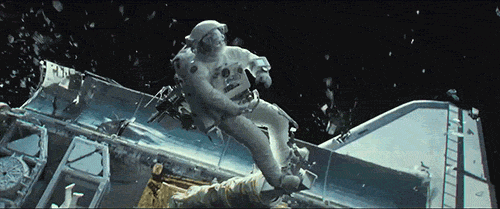

DID YOU KNOW?
Space debris the size of a marbel can hit an object with the force of a bowling ball going 300mph!
So what is Space Debris?
Orbital debris, known as space junk or space trash, are pieces of spacecraft. For more than 50 years, Humans have been launching objects into space and at least once a day, an object falls back through Earth's atmosphere usually landing in the Ocean. This debris is so dangerous because it can be as small as tiny flecks of paint from space crafts or as large as deactivated satellites. Some of this debris even collides into other debris creating dangerous explosions which provide even more space trash.
This trash can gain speed up to 4.5-5 miles per second,which is about 18,000 miles per hour, according to NASA. The amount of trash in space makes it dangerous for astronauts, especially when attempting to return to Earth. Astronauts must wait until the chance of collision is at zero before reentering Earth's atmosphere.
DID YOU KNOW?
An astronauts spacesuit is like wearing a bullet proof vest. This ensures astronaut safety from space debris when they go out on space walks.
Thanks to Sensors, NASA always knows where large objects of space debris are, this way they can move the space station from being damaged ahead of time.
How does Remote Sensing help monitor Space junk?
By using sensors, NASA can monitor where large pieces of space junk are located and can keep track of how many pieces are orbiting Earth and determine what speeds these pieces are flying at. These sensors are what help NASA be able to move the ISS days in advance before a major catastrophe occurs as well as be able to predict future debris environments in space. These scanners have aided NASA when developing models to estimate impacts and future debris.
An example of this would be their model called, LEGEND. Remote sensing also helps NASA be able to monitor over 750,000 pieces of junk which 60,000 are 10cm in diameter. The Kessler syndrome is a scenario in which the density of objects in low Earth orbit is high enough that collisions between objects could cause a cascade where each collision generates space debris that increases the likelihood of further collisions.



